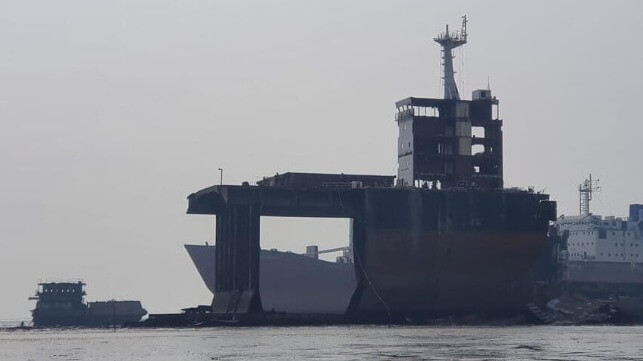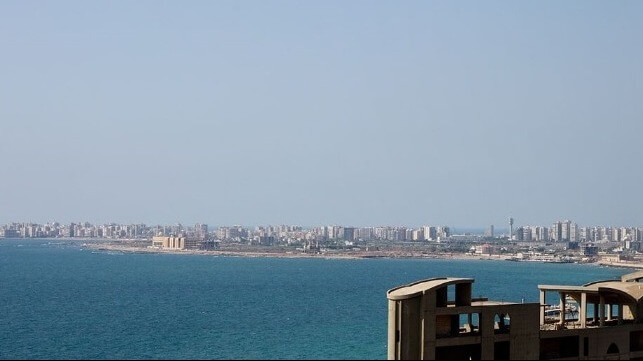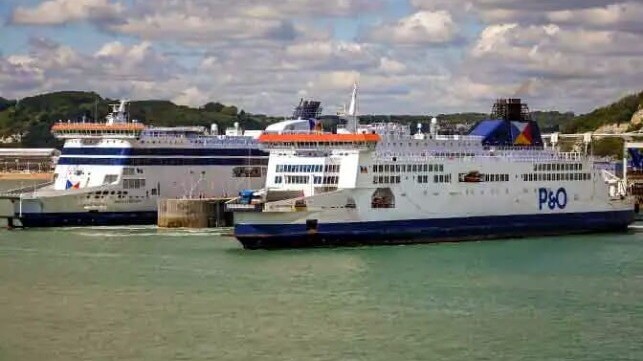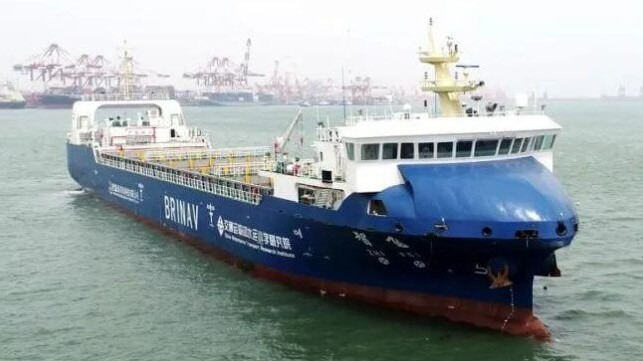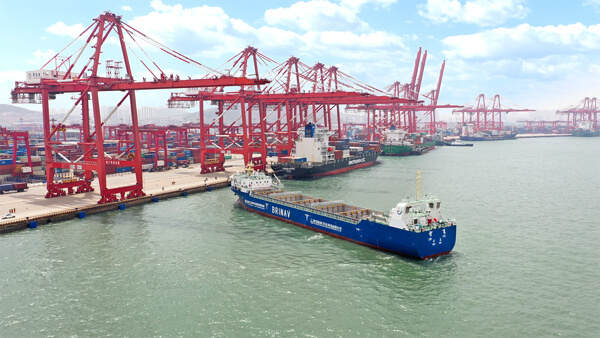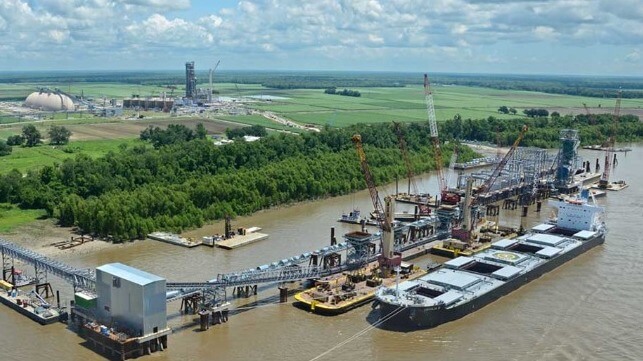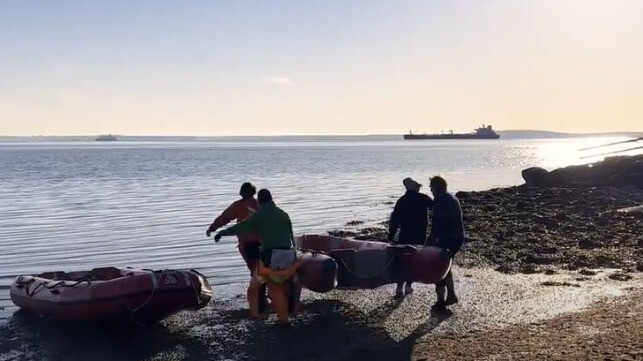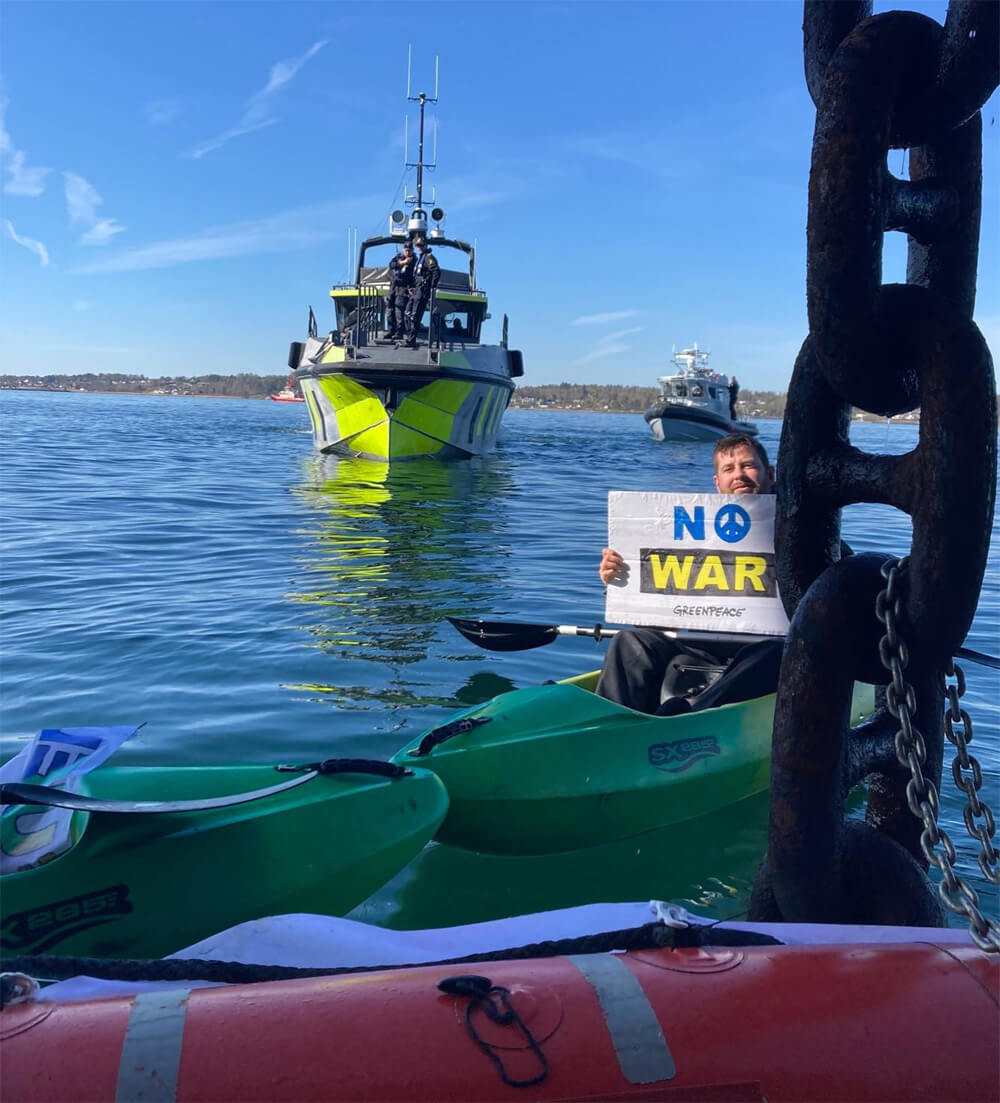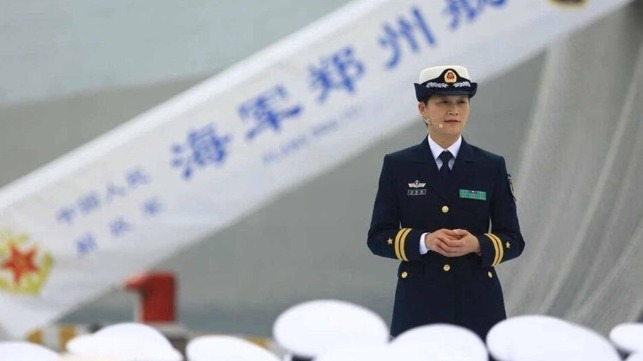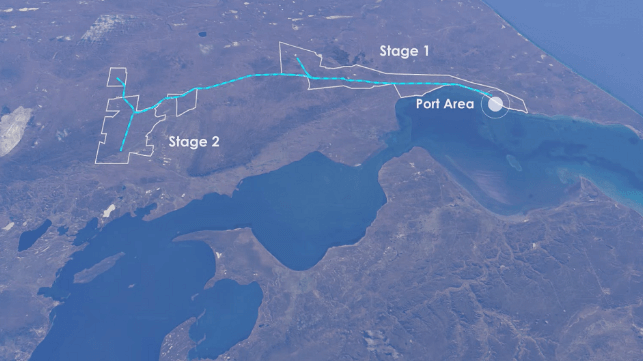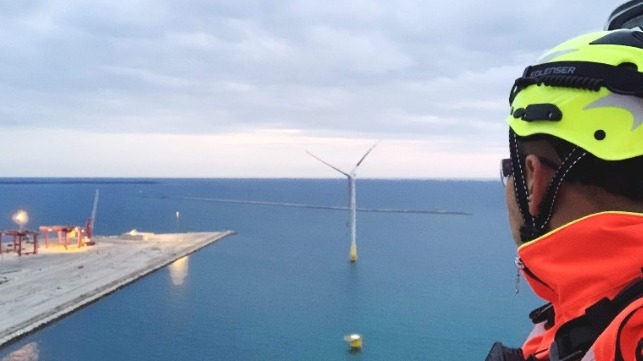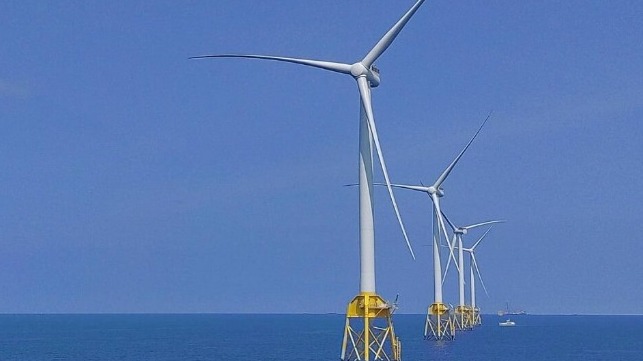Italian Frigate Intervened to Protect Crew on Bulker from Pirates
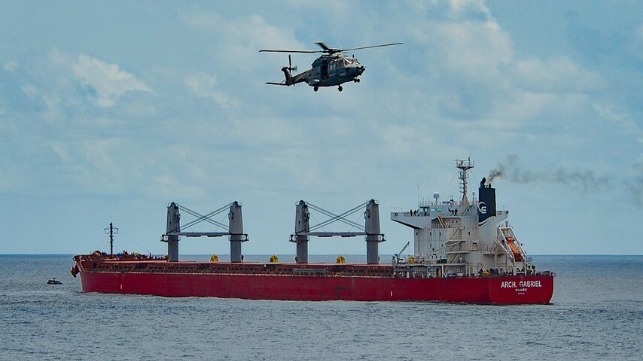
The Italian Navy provided additional details on the boarding that took place aboard a bulker in the Gulf of Guinea reporting that its frigate Luigi Rizzo intervened to stop the incident and provide security. While they did not directly engage the pirates that boarded the Arch Gabriel, they reported taking “a series of actions that dissuaded the pirates from continuing in the illicit activity.”
The crew of the 61,3000 dwt issued an alert on April 3 reporting that they were being boarded in a position approximately 300 nautical miles south of Lago, Nigeria. After alerting the authorities and calling for assistance, the crew immediately took refuge in the vessel's citadel to escape the threat of the pirates on board, the Italian Navy reports.
The frigate Luigi Rizzo is on her third deployment to the Gulf of Guinea as part of the multi-national effort to enhance security for merchant ships in the area. The vessel had departed Italy on February 24 beginning its mission which will last till June patrolling in the Gulf of Guinea. When the Arch Gabriel raised the alarm, the frigate was approximately 280 miles from the bulker and immediately change course to reach the vessel.
According to the report from the Italian Navy once the frigate reached a “useful distance,” and the first light of dawn on April 4, one of their helicopters was dispatched with members of the specialized Marina San Marco Brigade, trained in safety and boarding activities. Arriving in the area, the aircraft acquired radio contact with the crew of the bulker determining that they were safe in the citadel. The helicopter continued to patrol the area around the bulker.
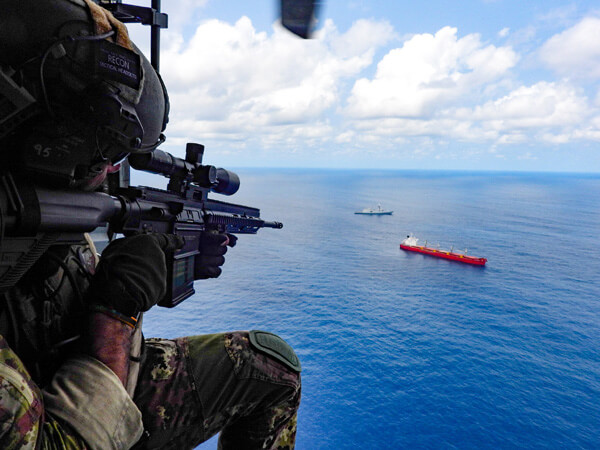
Once securing the area, the Italian Navy searched the bulker and escorted it to the anchorage (Italian Navy)
By midday, the Luigi Rizzo had also arrived in the area. They proceeded to search the area around the bulker verifying the absence of armed personnel on the open decks as well as of suspicious boats in the surrounding area.
“At around 2 pm, an operation was started which saw the insertion of a boarding team on the merchant vessel by helicopter while the frigate Luigi Rizzo guaranteed the necessary safety support,” the Italian Navy writes in their mission summary. “After about an hour, the Navy boarding team completed the search of the merchant ship, took control of it, and having verified the absence of pirates or other hostile personnel on board, freed the crew that had remained in the citadel.”
Members from the brigade remained aboard the Arch Gabriel while the crew repaired damage from the pirates. The frigate also provided an escort as the bulker sailed into an anchorage closer to shore.
The Luigi Rizzo, commissioned in 2017, is a 146-foot long frigate with a complement of approximately 200 sailors operating as part of Operation Gabinia which began in February 2020. She is providing maritime and air patrols in the Gulf of Guinea working with other international and regional forces to improve maritime security in the region.
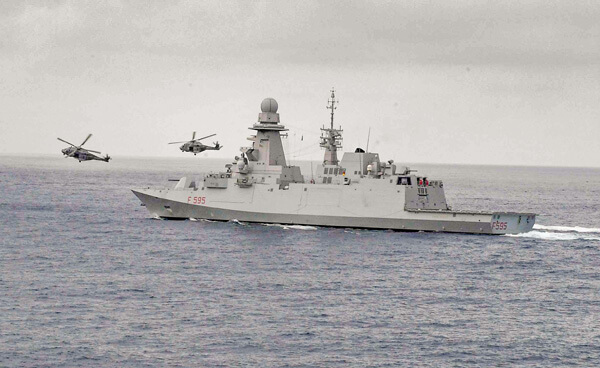
Luigi Rizzo is on patrol in the Gulf of Guinea till June 2022 (Italian Navy)
First Piracy Boarding in Months Reported in Gulf of Guinea

The first vessel in more than three months was boarded in the Gulf of Guinea on Sunday, April 3 with analysts suggesting that it was a random event. The vessel and crew are both being reported as safe today.
MDAT-GoG, the monitoring and reporting cooperation between the British Royal Navy and the French Navy issued the first alert to the incident. They placed the ship approximately 300 nautical miles south of Lago, Nigeria reporting that unknown persons had boarded a vessel. Today, they updated saying that the incident had been completed with the crew and vessel safe.
Details remain vague but Dryad pointed out that is marked an apparent break after the significant hiatus in reports. They said that the crew was understood to have made it to the citadel aboard the vessel. “Pirates were reported to have been onboard the vessel for approximately for four hours, during which time they are understood to have attempted to access the citadel,” Dryad wrote in its alert.
The pirates are believed to have left the vessel but it is not known if they left when they were unable to find the crew or if they were frightened away by the increased security patrols and military support in the region.
The vessel is being identified as an eight-year-old bulker, the Arch Gabriel, registered in the Marshall Islands. Her AIS data shows the 61,300 dwt bulker as having been laying off West Africa since mid-March. She had departed Houston in mid-February and was likely waiting for her next contract, meaning that she could have been seen as a target of opportunity having been idle for such a long period.
The most recent incident again highlights that the area of activity has also moved further out from the coast. Dryad points out that it was more than 110 nautical miles outside the Nigerian EEZ.
The security analysts at Dryad in the group’s newly issued annual report point out the dramatic decline in piracy in the Gulf of Guinea that started in 2021. They highlight the Nigerian security effort known as Deep Blue as one contributor saying however that there were likely several elements contributing to the decline including an increased international presence. A Danish frigate that drew attention when it engaged pirates late in 2021, for example, was part of the increased security but the vessel was withdrawn last month after the invasion of Ukraine.
The number of vessels boarded throughout the region fell by more than half according to Dryad’s report with incidents of vessels being boarded and crews kidnapped declining by 60 percent in 2021. Overall, they report that actual and attempted attacks and vessels being fired upon dropped by more than 85 percent.
MDAT-GoG in its tracking highlights mostly incidents of theft from vessels in 2022 and only this one boarding in the past 30 days. At the end of January 2022, pirates fired upon a ferry in Equatorial Guinea but the onboard security forces returned fire and were able to scare away the pirates. There was also an incident in late January further north in a region between Ghana and Cote d’Ivoire where a small product tanker was boarded. The pirates reportedly stole oil from the vessel and left, with the last significant incident being at the end of 2021 when pirates killed one crewmember and kidnapped as many as six others from a Chinese-owned fishing vessel operating near Equatorial Guinea.
Experts however warn that despite the decline in activity that extra security measures need to be maintained. The pirate groups remain in the region and can continue to approach opportunistic targets.
